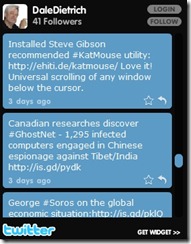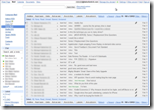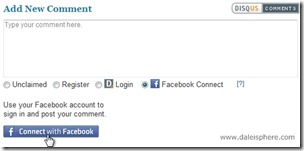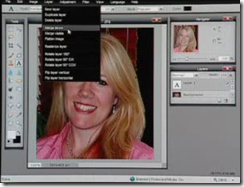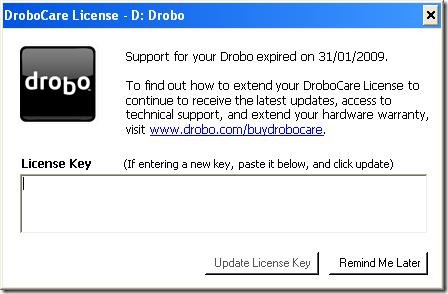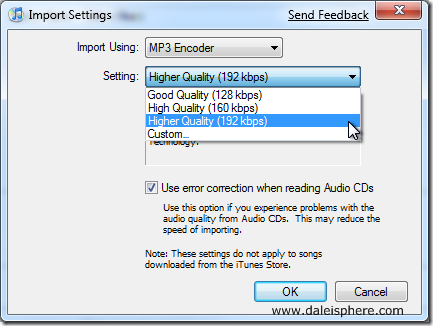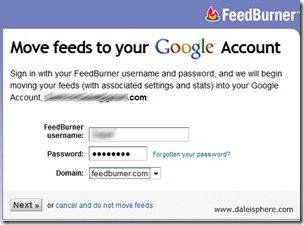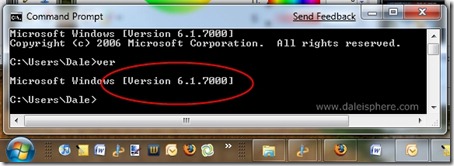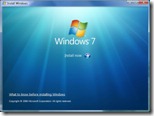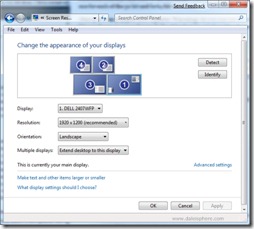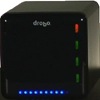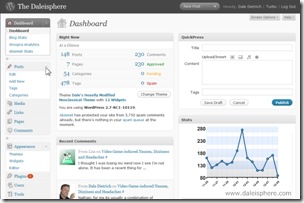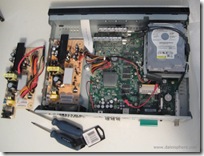![twitter logo_thumb[5] twitter logo_thumb[5]](https://www.daleisphere.com/wp-content/uploads/twitterlogo-thumb5.gif) The Twitter apps, tools and widgets I use are constantly changing. Below are the tools I currently use (click on the images for larger views):
The Twitter apps, tools and widgets I use are constantly changing. Below are the tools I currently use (click on the images for larger views):
Desktop Client – Twhirl
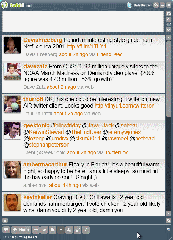 I use Twhirl as my desktop twitter application. I looked at TweetDeck but it was overkill and it takes up too much screen real-estate. I tried the gorgeous blu (works only on Vista and Windows 7), but it does not have an adjustable font. The default font is too small for my aging eyes. Twhirl is surprisingly feature rich but it takes awhile to figure out all the intricacies. I’ve tried others, but keep coming back to Thwirl.
I use Twhirl as my desktop twitter application. I looked at TweetDeck but it was overkill and it takes up too much screen real-estate. I tried the gorgeous blu (works only on Vista and Windows 7), but it does not have an adjustable font. The default font is too small for my aging eyes. Twhirl is surprisingly feature rich but it takes awhile to figure out all the intricacies. I’ve tried others, but keep coming back to Thwirl.
iPhone App – Tweetie
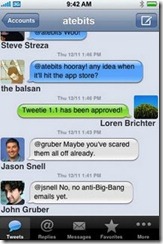 Tweetie is terrific. I had previously used Twitterific and Twinkle on the iPhone but Tweetie ($2.99) satisfies me the most. Tweets are presented in bubbles similar to the iPhone’s SMS bubbles. Thankfully, the font is adjustable. Functions and information are an easy swish away. Twitterific does have the advantage of supporting both Twitter and friendfeed.
Tweetie is terrific. I had previously used Twitterific and Twinkle on the iPhone but Tweetie ($2.99) satisfies me the most. Tweets are presented in bubbles similar to the iPhone’s SMS bubbles. Thankfully, the font is adjustable. Functions and information are an easy swish away. Twitterific does have the advantage of supporting both Twitter and friendfeed.
See also: 29 Twitter Apps for the iPhone Compared (Mashable)
Continue reading “The Twitter Apps, Tools and Widgets I Use”

